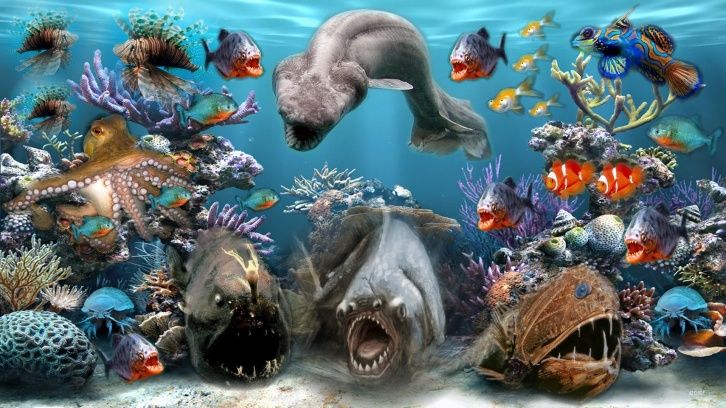
FAQ About Ocean Life

What is the significance of estuaries?
Estuaries are unique and ecologically important habitats where freshwater rivers or streams meet and mix with the saltwater of the ocean. They are transitional zones between land and sea, characterized by dynamic and ever-changing environmental conditions. Here are some key significances of estuaries:
- Nursery and Breeding Grounds: Estuaries serve as vital nursery and breeding grounds for many species of fish, birds, crustaceans, and other marine organisms. The mixing of freshwater and saltwater in estuaries creates a diverse and productive ecosystem that provides abundant food, shelter, and protection for young organisms during critical stages of their life cycles.
- Biodiversity and Species Richness: Estuaries support high levels of biodiversity, hosting a wide range of plant and animal species. They provide diverse habitats, including mudflats, marshes, seagrass beds, and mangrove forests, which support a variety of species adapted to different ecological niches. Estuaries are often referred to as "ecological hotspots" due to their high species richness and ecological productivity.
- Nutrient Cycling and Productivity: Estuaries receive nutrient-rich freshwater runoff from rivers and streams, which fuels high productivity within the ecosystem. The mixing of nutrients, sediments, and organic matter creates a fertile environment that supports abundant plant growth, such as saltmarsh grasses and mangroves. This productivity cascades through the food web, providing food resources for a wide range of organisms.
- Water Filtration and Pollution Mitigation: Estuaries serve as natural filters, trapping and removing pollutants and sediments carried by rivers before they reach the ocean. The vegetation and sediments in estuaries act as buffers, helping to improve water quality by absorbing excess nutrients, filtering contaminants, and reducing erosion.
- Climate Regulation and Carbon Sequestration: Estuaries play a role in climate regulation by acting as carbon sinks. The dense vegetation in estuarine habitats, such as marshes and mangroves, efficiently capture and store carbon dioxide from the atmosphere, helping to mitigate the impacts of climate change.
- Recreation and Cultural Importance: Estuaries offer numerous recreational opportunities, such as boating, fishing, birdwatching, and nature tourism. They serve as popular destinations for outdoor activities and provide aesthetic and cultural value to local communities.
- Coastal Protection: Estuaries help protect coastlines by absorbing wave energy and reducing the impacts of storms and erosion. The vegetation and intricate coastal features of estuaries act as natural buffers, safeguarding nearby land from erosion and reducing the vulnerability of coastal communities.
